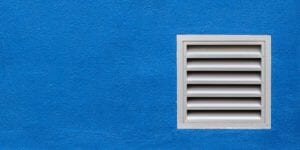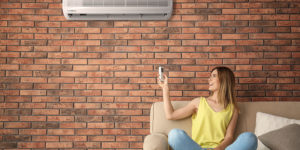10 Common HVAC Myths Busted
There are a lot of misconceptions floating around about how heating, ventilation, and air conditioning (HVAC) work in your home. While we all have heating and cooling in our homes, most of us are unaware of exactly how these systems operate, and there are a lot of myths flying around that make the subject even more confusing.
It can be easy to believe the myths, especially when we think they save us money on our energy bills or have our homes work as efficiently as possible. In this article, though, we’re going to bust a few of those myths so that you can learn about the best choices for maintenance and efficiency instead.
Myth 1: If there’s nothing wrong with it, there’s no need for a professional
Regular maintenance is always a good idea. We go to the doctors for regular check ups just to make sure everything is working fine, and the same idea applies to your heating and cooling appliances. There are many parts to an HVAC system, such as belts, coils, motors, and p-traps, and you should make sure that everything is in tip-top shape year after year. Not keeping up with regular maintenance could lead to an expensive repair because no one was able to catch the issue before it broke down your system. Not only that, but your HVAC system will last longer and stay as energy efficient as possible with regular maintenance.
When you’re selecting a professional to perform these check-ups, don’t forget to make sure that they’re licensed. While a lower rate of non-licensed technician might be appealing, you want to make sure that they are a trained professional with all of the proper insurance and coverage.
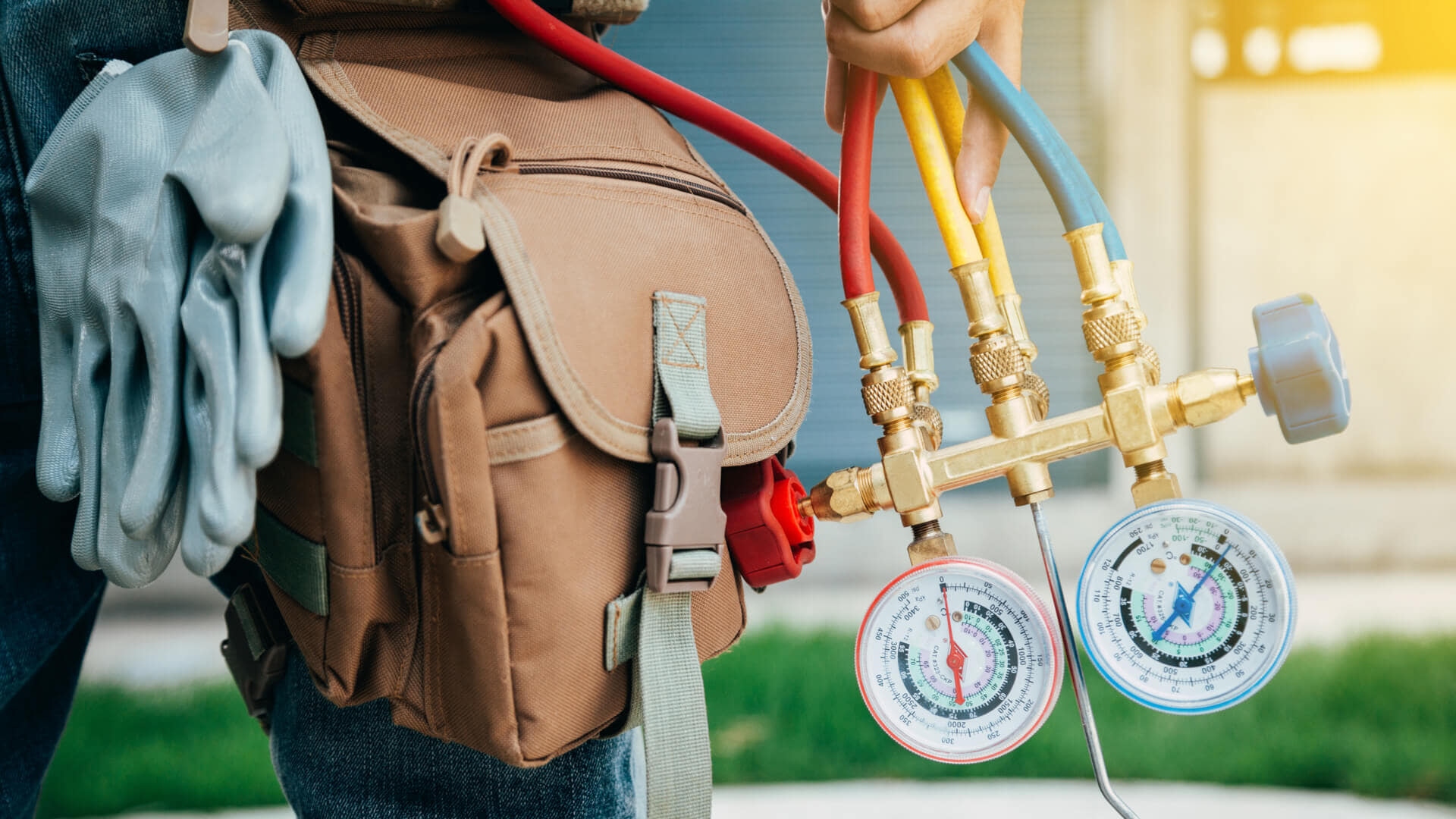
Myth 2: You only need to change your filters once a year
Airborne particles like dust, grime and debris can build up in your filters each day. If you wait for a whole year to replace your filter, it will be very dirty by the time you’re replacing it. Dirty filters reduce the airflow and make your system work harder. To keep your air clean and keep your machine as energy efficient as possible, change your filters every few months.
If you want to go a step further, you should look at what type of filter is best. There are two types of filters: fiberglass and pleated, so it is worth doing some research around these to decide which filter type is best.
Myth 3: If you want the place to cool down faster, turn the temperature setting a lot lower than you want it.
HVAC systems work by either being on or off; there is no speed. This means that when you set a temperature, your HVAC system will turn on and work until it gets to that desired temperature. By setting your thermostat to a much lower temperature, you’re just making your HVAC system work longer than necessary.
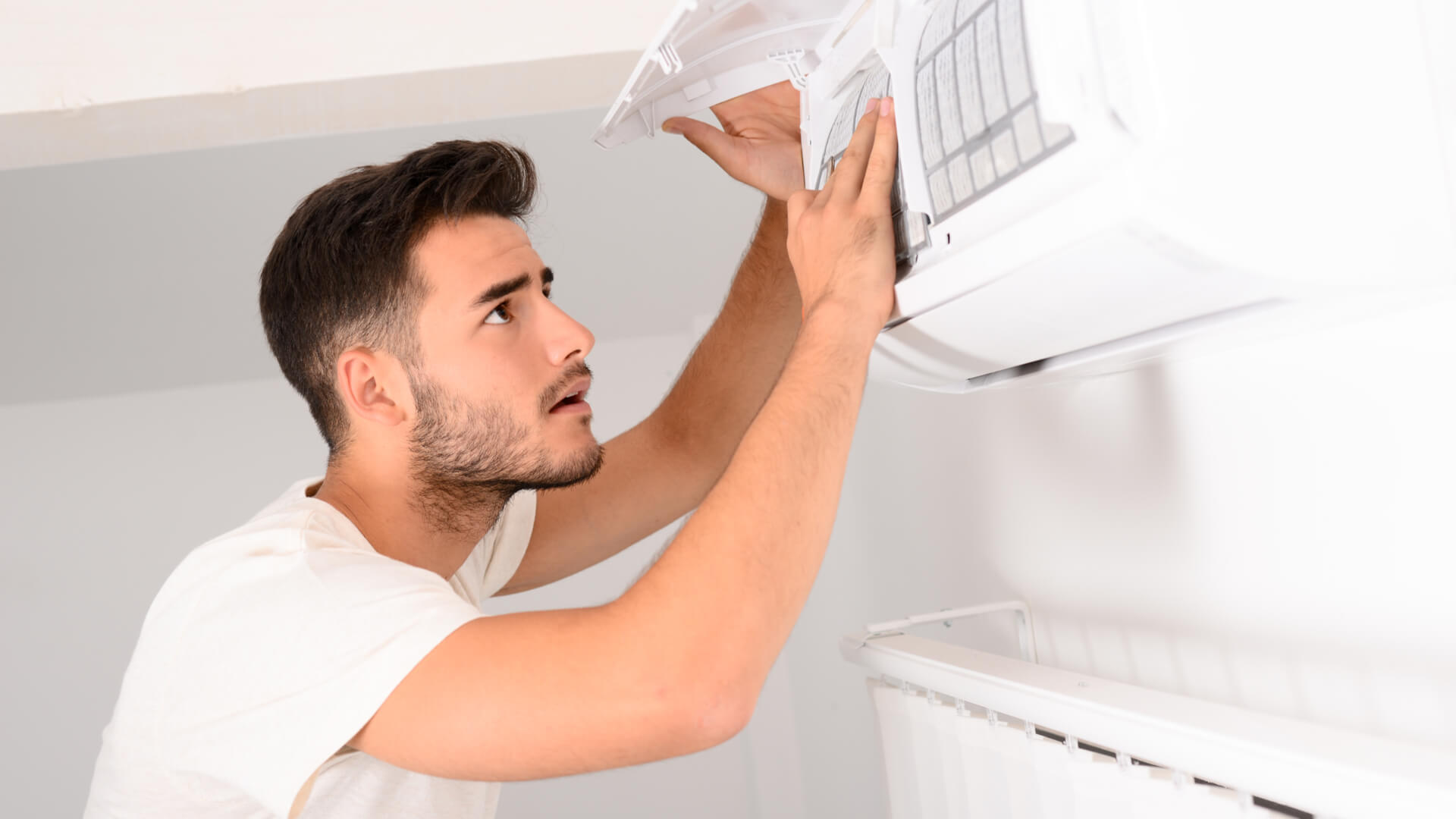
Myth 4: Turning your system off and on will help reduce energy consumption
While you might be in the habit of turning off lights and appliances to reduce energy use, the same logic does not apply here. Unfortunately, turning the system on and off again multiple times actually consumes more energy. You can invest in a programmable thermostat so that you can set it to lower settings when you’re not home or when you’re sleeping. That way you’re actually reducing your energy consumption, and it’s easier on the system.
Myth 5: Bigger is always going to be better
While you might be tempted to want to get the biggest HVAC system you can, if your system is too large for the space it will cycle on and off too quickly and too often, which can cost you more money and can wear out the unit faster. Moreover, an oversized system might leave your home feeling clammy because an AC unit it won’t be running long enough to pull the moisture out of the air.
What you should really do is consult with an HVAC specialist to see what size of system is best for your home. There are multiple things to consider when you’re picking out a system, such as the age of your home, your climate zone, how many people live in your house, and obviously your square footage. You can learn more about how each of these plays a part in finding the perfect size of HVAC system for your home.

Myth 6: You should keep your AC unit covered during the winter
Your unit was actually made to be outside, so it can withstand rain, snow, and temperature fluctuations. Covering your unit might actually cause problems. Rodents like to find warm shelter during colder months, and covering your unit might actually encourage them to make a home there. Once in there, they can cause a whole myriad of issues, including chewed wires. By covering your unit, you could also trap in moisture, which creates a perfect home for mold to grow. If you do need to cover your unit (like if you have a tree above it that might start dropping leaves into it in the fall), then you should just cover the top with something as simple as a large, heavy wooden board.
Myth 7: The location of your thermostat doesn’t matter
Your thermostat is the brain of your home’s heating and cooling system that tells the whole system when to turn on and turn off. As a result, where your thermostat is placed is essential to getting accurate readings of your home’s overall temperature. Unfortunately, so many things can affect the thermostat reading of your home’s temperature, so where it’s placed in the home is essential. If it’s in direct sunlight, it might get heated up and read too hot.
Being above a vent can also make a thermostat give incorrect readings. The kitchen is another area where you don’t want to place the thermostat. Ovens and stoves can heat your kitchen up quickly, causing your thermostat to think that it’s much warmer in your home than it actually is. Drafty windows and doors can also lead to inaccurate readings. Hallways have different airflow than the rest of your house and are not often occupied, so those are not ideal areas to place your thermostat.
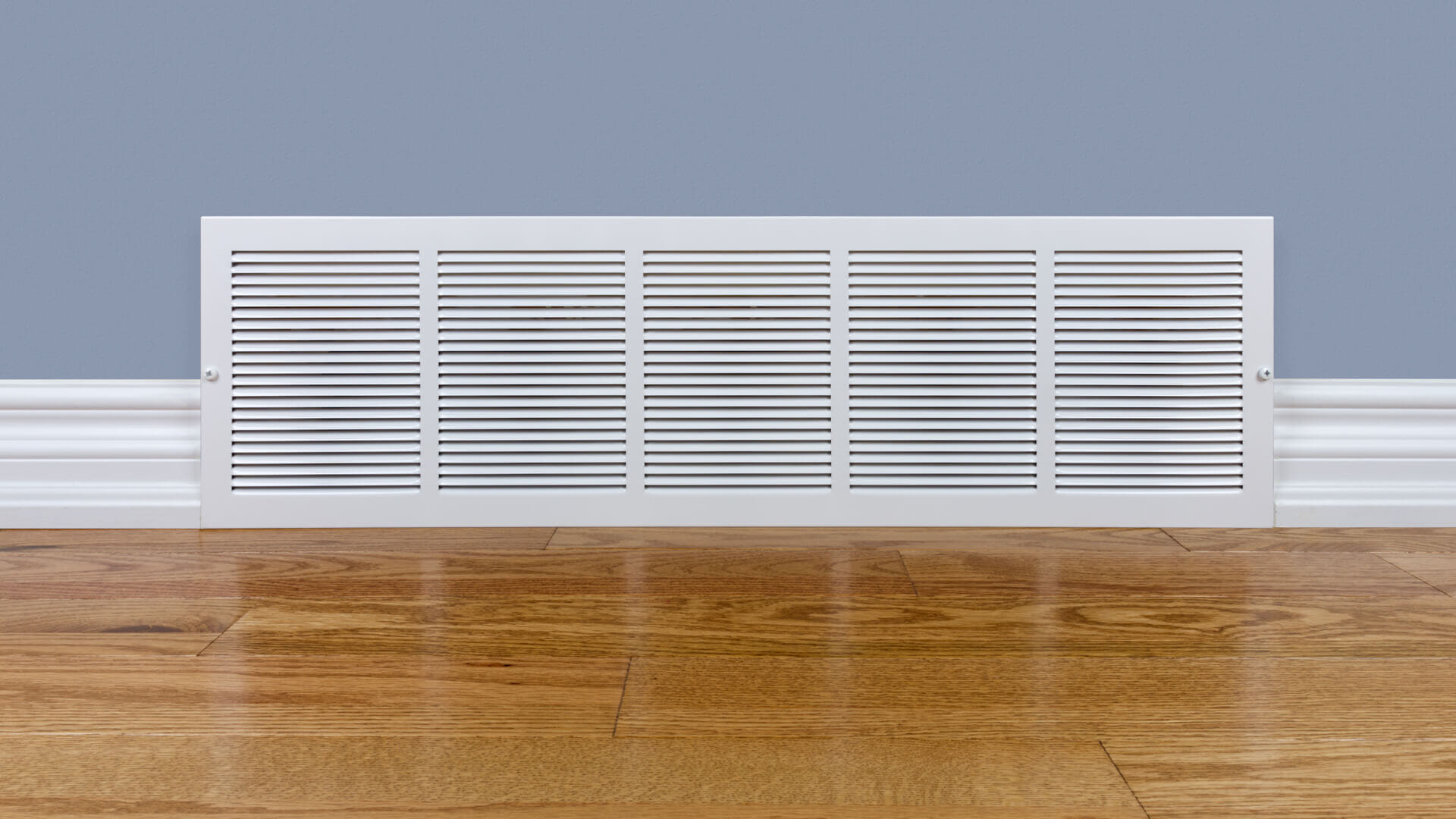
Myth 8: Closing vents in unused rooms will save you energy
It might seem logical that closing a vent in a room means you won’t have to pay for the energy used to heat/cool down that room, but in the end doing so can actually cost you more because you’re actually interfering with your home’s air flow. It causes blockages in your vents, since newer furnaces are created to run based on the square footage of your home, which will actually make your system work even harder to distribute the air.
In addition, if you have any ducts that are not sealed properly, the closed vents will cause air to leak through them. Cold air returns in rooms also help to break this logic. The cold air return will pull in air from windows and doors. All in all, your system was not designed for you to close off vents, so try to save energy in other ways.
Myth 9: Closing doors to unused rooms will save you energy
Just like in number eight, this practice might seem to make sense, but in the end it doesn’t benefit you because your furnace was created to operate for the specific square footage of your home. By closing the doors to rooms, you’re blocking airflow and are causing the furnace to work harder in other areas. You can get zoning systems for your HVAC that allow you to choose the temperature that you want in different parts of the home, which is a much better option if you’re looking to save energy on unused parts of the house.
Myth 10: Air handlers are furnaces
This is a very common misconception. While they might look similar and be located in the same area, an air handler is a different beast than a furnace. If you have an air handler, you probably don’t have a furnace (although you might have called it that mistakenly). Air handlers are paired with heat pumps and help to move the hot air throughout your home. Furnaces, meanwhile, have combustion chambers where gas or fuel is burned to create heat and then rely upon a blower to move the air throughout the building.

Final Thoughts
With all of those myths busted, you’re on your way to a more efficient HVAC system that will last longer and save you money. For more information about how HVAC systems work, check out this article that dives into everything from the different systems and brands to things you can do yourself to maintain your system.



